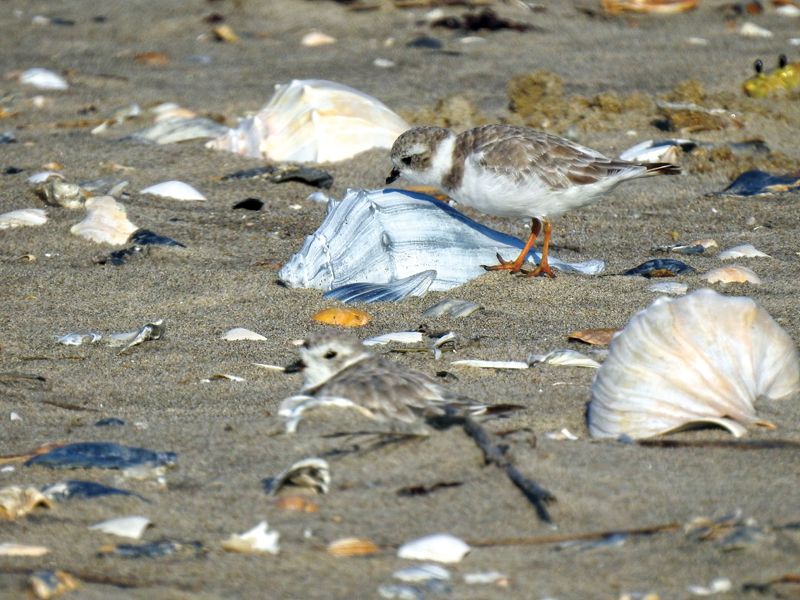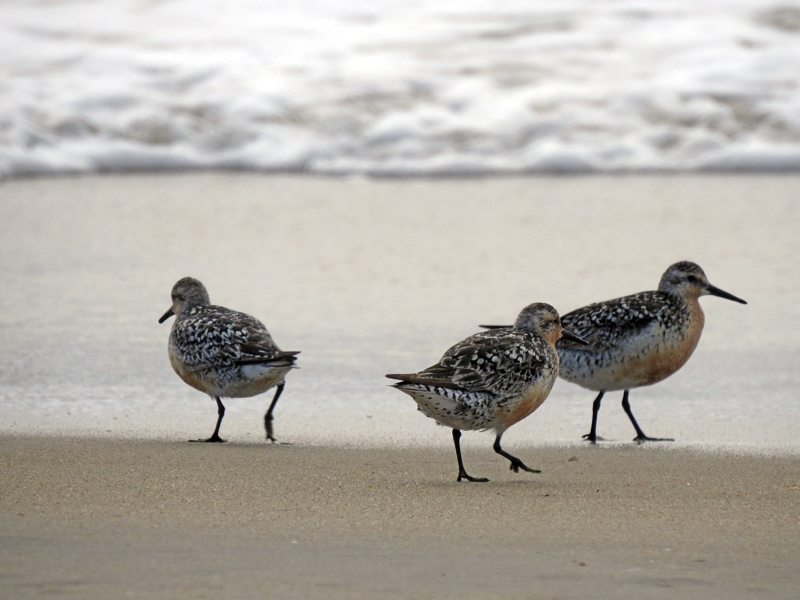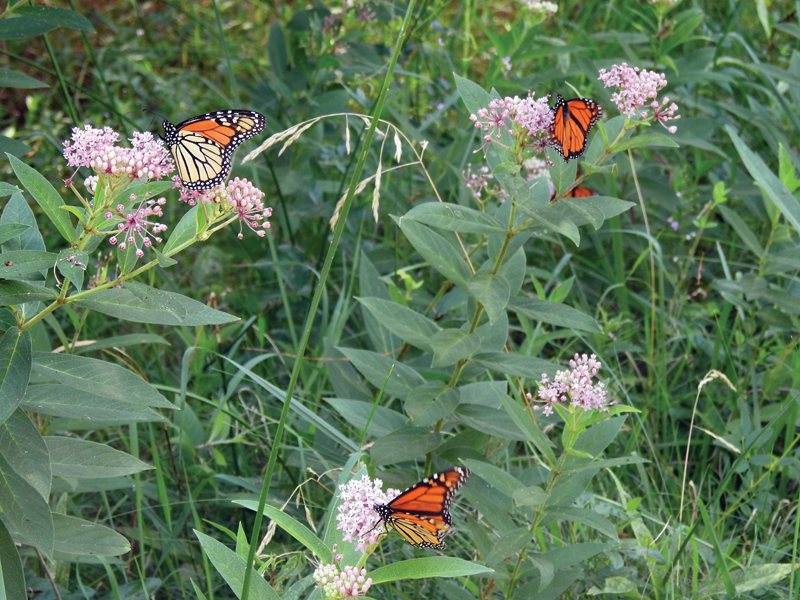Fisherman Island is a wildlife sanctuary at the mouth of the Chesapeake Bay
Vulnerable birds and butterflies use Fisherman Island, a wildlife sanctuary at the mouth of the Chesapeake Bay, as their migration station along the Atlantic Flyway migration route. Endangered monarch butterflies and federally threatened shorebirds—piping plover and rufa red knot—stop on the island to rest and bulk up during their autumnal journey south.

This Virginia barrier island is one of 17 sites in the United States classified as a “Wetland of International Importance,” according to the United States Fish and Wildlife Service (FWS). The island is designated as an Important Bird Area and its footprint is growing from 25 acres in the late 1800s to almost 2000 acres today.
“Fisherman Island and the nearby Eastern Shore National Wildlife Refuge in Cape Charles, VA, offer habitats such as maritime forest, shrub thickets, grasslands, beaches, and tidal wetlands,” writes the FWS. “These habitats provide a vital link for millions of songbirds, raptors, shorebirds, and butterflies to rest and refuel before continuing to their wintering grounds.”

Robin-sized rufa red knots use Fisherman Island as a refueling station on their 9300-plus-mile migration from the central Canadian Arctic to Tierra del Fuego, an archipelago in Chile and Argentina. Their migration is one of the longest in the animal kingdom. Red knots rely on finding prey such as clams, mussel spat, and horseshoe crab eggs, as well as some shore-dwelling invertebrates, to fortify them for their journey. The rufa red knot population declined about 75 percent from the 1980s to the 2000s because of horseshoe crab overharvest, coastal development, and rising sea levels.
Eased out of much of their beach habitat through shoreline stabilization and building projects, energy development, climate change, and plastic pollution, piping plover were designated threatened in 1985.
“We give them the most help they can have without human threats and challenges by keeping the island closed most of the year,” said Laurel Wilkerson, visitor services manager at Chincoteague National Wildlife Refuge.
The small birds attempt to nest on the shore of the refuge, making a depression in the sand for their eggs, but the weather and structure of the nest make it easy for walking, crawling, and flying predators to attack, according to Wilkerson.

Monarch butterflies spend early September through early October on Fisherman Island during their migration from Canada and the U.S. to the central Mexican mountains and the coast of California. According to FWS, human development and agriculture have shrunk the monarch’s habitats; they have succumbed to the widespread use of herbicides and insecticides; logging has reduced suitable winter habitat; and drought and climate change threaten the population. Scientists have seen a population decline over the past 20 years. Monarchs were listed as endangered in 2022 by the International Union for Conservation of Nature but at this time have no U.S. protections.
Want to see these species? Because it’s a critical habitat, Fisherman Island isn’t open to the public, but on Saturdays from early October to February, the refuge offers walking tours. Tours meet at the Eastern Shore of Virginia National Wildlife Refuge Visitor Center in Cape Charles. Preregistration is required. The Refuge’s Wise Point boat ramp and dock is about 1.5 miles from the Visitor Center. For more invitation on feathered townies and tourists, check out the downloadable Eastern Shore of Virginia bird checklist.




